TTAC Contest: What Car Inspired GM's Panel-Gap Improvements?
The auto media has been receiving its advance copies of Bob Lutz’s forthcoming book “Car Guys versus Bean Counters” over the last few weeks, and have been leaking some of the more provocative statements and conclusions from it. I too requested a book and tore through it over the past week, enjoying Lutz’s direct voice and keen insights into his time at General Motors… as well as the attention-grabbing, politically-charged statements that the rest of the media seems so fixated upon. The bad news is that I won’t be able to write a full review until we get closer to its mid-June launch date, but the good news is that our forbearance has been rewarded: despite sideswiping yours truly in one passage, a brief but rewarding email conversation has generated more mutual respect, and Mr Lutz has agreed (in principle) to a TTAC interview to accompany our review at the time of the book’s release. Sometimes observing an embargo is worth it.
But fear not: just because the promise of an interview with one of the most influential figures in the industry has us delaying our review for another month or so, we’ve got more Lutz-related material with which to build up to what I expect to be a watershed interview for TTAC. Next week I’ll be publishing a review of Mr Maximum’s previous book “Guts,” and to kick of the coming months of Lutzmania, we’ve got a very special contest that is sure to stump even TTAC’s most well-versed Best and Brightest.
Shortly after Lutz’s arrival at GM, he began tackling the problem of body panel gaps, which at the time was 5mm with a variation of up to 2mm, a standard that he “complained and complained” about, given that the Germans and Japanese were building cars with smaller gaps and almost no variation. At one point, Lutz attended a large meeting at GM’s Milford Proving Grounds in which he and senior execs from GM’s Product Development, Design, Quality and Manufacturing examined GM’s then-current lineup and compared them to the competition. After some loud complaints about GM’s inability to create crisp panel gaps, Lutz was confronted by the executive in charge of GM’s sheet metal fabrication, who apparently grabbed Lutz by the lapels and raised him up on his toes, saying
OK, I think I’ve heard about as much of this shit as I want to. YOU are now going to take ME to the car that you think is best and we’re going to focus on that one.
Lutz then took him to one of the competitive cars that Lutz thought was the best sheet-metal-wise… which leads us to the question: which car did Lutz identify as having the best sheet metal of the competition? This vehicle became GM’s “new standard for sheet metal,” and learning from it directly improved GM’s sheet metal quality, according to Lutz. So, what was it?
Leave your answer in the comments section, and the first correct answer gets our Lutzian prize: a special booklet and USB storage drive (along with branded packaging) that was handed out to journalists attending the launch of the Chevrolet Volt. In short, your knowledge of GM’s obscure history will gain you a piece of GM’s less-obscure history. Qualifying answers must identify the make, model and generation (expressed in the range of model-years produced or model code, for example “1998-2005 (E46) BMW 3 Series”). This contest is closed to GM employees, members of the auto media or anyone else in possession of an advance copy of “Car Guys”(i.e. show a little honor and don’t cheat).
Good luck!
More by Edward Niedermeyer
Latest Car Reviews
Read moreLatest Product Reviews
Read moreRecent Comments
- Alan My view is there are good vehicles from most manufacturers that are worth looking at second hand.I can tell you I don't recommend anything from the Chrysler/Jeep/Fiat/etc gene pool. Toyotas are overly expensive second hand for what they offer, but they seem to be reliable enough.I have a friend who swears by secondhand Subarus and so far he seems to not have had too many issue.As Lou stated many utes, pickups and real SUVs (4x4) seem quite good.
- 28-Cars-Later So is there some kind of undiagnosed disease where every rando thinks their POS is actually valuable?83K miles Ok.new valve cover gasket.Eh, it happens with age. spark plugsOkay, we probably had to be kewl and put in aftermarket iridium plugs, because EVO.new catalytic converterUh, yeah that's bad at 80Kish. Auto tranny failing. From the ad: the SST fails in one of the following ways:Clutch slip has turned into; multiple codes being thrown, shifting a gear or 2 in manual mode (2-3 or 2-4), and limp mode.Codes include: P2733 P2809 P183D P1871Ok that's really bad. So between this and the cat it suggests to me someone jacked up the car real good hooning it, because EVO, and since its not a Toyota it doesn't respond well to hard abuse over time.$20,000, what? Pesos? Zimbabwe Dollars?Try $2,000 USD pal. You're fracked dude, park it in da hood and leave the keys in it.BONUS: Comment in the ad: GLWS but I highly doubt you get any action on this car what so ever at that price with the SST on its way out. That trans can be $10k + to repair.
- 28-Cars-Later Actually Honda seems to have a brilliant mid to long term strategy which I can sum up in one word: tariffs.-BEV sales wane in the US, however they will sell in Europe (and sales will probably increase in Canada depending on how their government proceeds). -The EU Politburo and Canada concluded a trade treaty in 2017, and as of 2024 99% of all tariffs have been eliminated.-Trump in 2018 threatened a 25% tariff on European imported cars in the US and such rhetoric would likely come again should there be an actual election. -By building in Canada, product can still be sold in the US tariff free though USMCA/NAFTA II but it should allow Honda tariff free access to European markets.-However if the product were built in Marysville it could end up subject to tit-for-tat tariff depending on which junta is running the US in 2025. -Profitability on BEV has already been a variable to put it mildly, but to take on a 25% tariff to all of your product effectively shuts you out of that market.
- Lou_BC Actuality a very reasonable question.
- Lou_BC Peak rocket esthetic in those taillights (last photo)















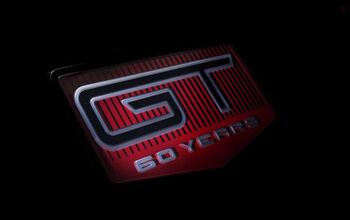



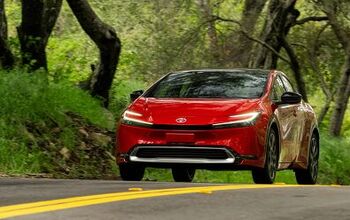
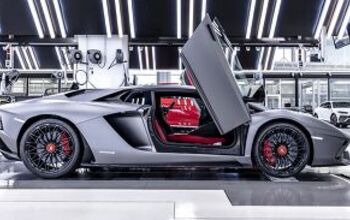
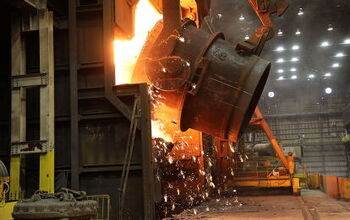
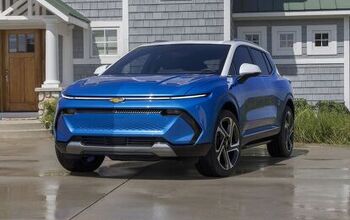
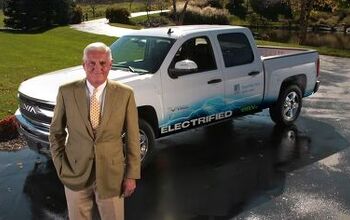
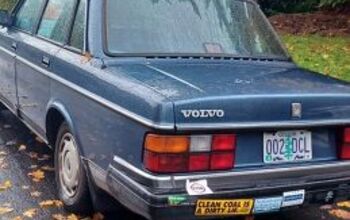
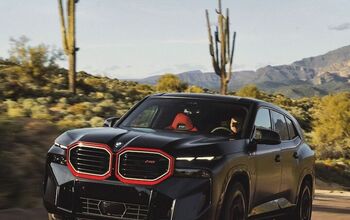
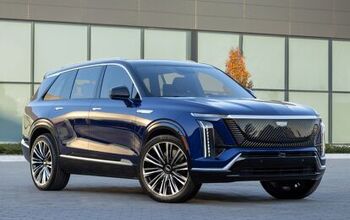
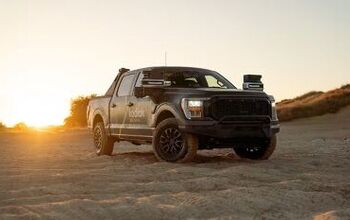
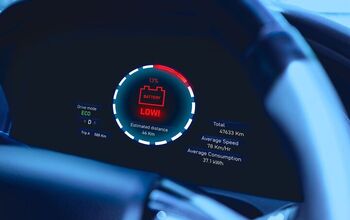


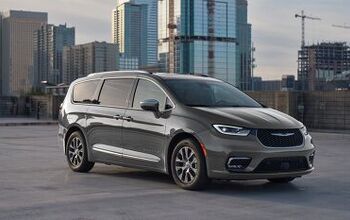

Comments
Join the conversation
Maybe the Audi A6 1997-2004??
Chrysler Minivans, starting in 1996. The generation with the four doors. My wife had one. Excellent workmanship and trouble free for ten years and 140,000 miles. Traded it in on another Caravan. Why would he compare it to an expenive car? Cheap and a U.S. brand.